
Proteins
Proteins
Proteins are complex molecules that are involved in all of the functions of life.
Learning Objective: Provide examples of the functions proteins play in animals, including how structure relates to these functions.
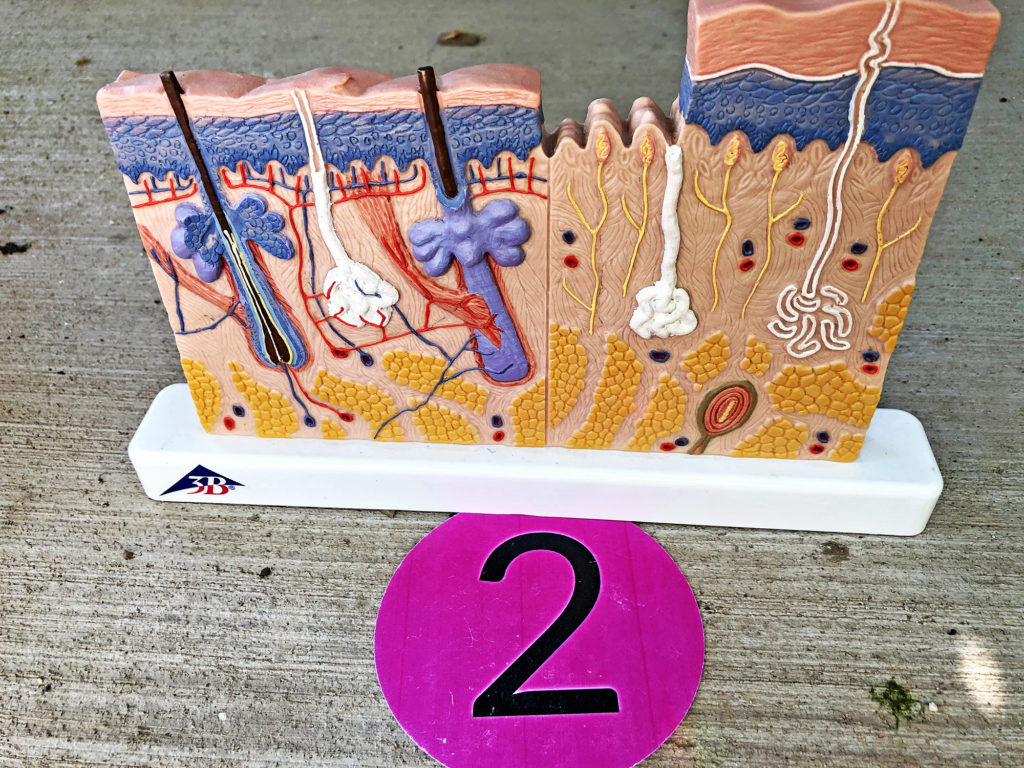
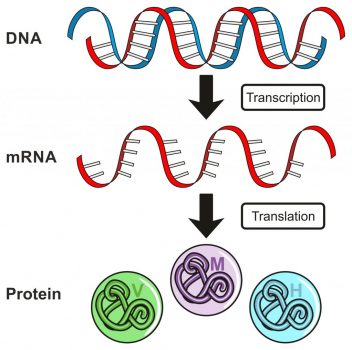
If you point to any structure or function in an organism, a protein is somehow involved directly or indirectly.
For example, animal skin contains a variety of proteins, including collagen and keratin. Both of these proteins have a distinct structure and function that we will examine in the body coverings section of this guide.
This video describes how the structures of proteins relate to their varied functions.
Watch this video; you can select the closed captioning “cc” option if you would like to see the text.
Polypeptides are folded into three-dimensional structures. In some cases the folding is minimal, in other cases the folding is elaborate.
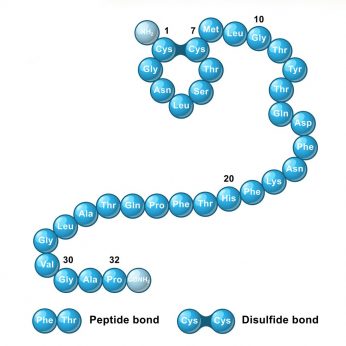
Calcitonin
Calcitonin is a barely-folded polypeptide chain that plays an important role in regulating calcium in fish, reptiles, birds, and mammals.
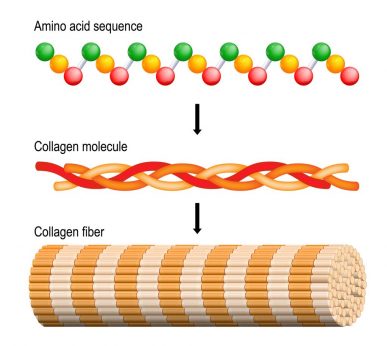
Collagen
Collagen is coiled and bundled to produce tissue strength and flexibility in vertebrates, especially mammals.
There are many misconceptions related to proteins in the human diet.
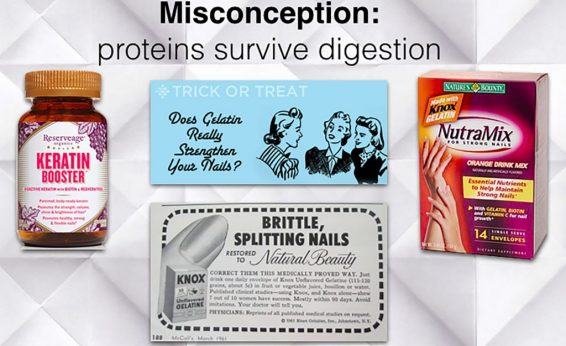
Proteins do not survive digestion
Digestive acids and enzymes break down proteins into amino acids that are absorbed and travel through the blood to cells. Eating keratin for instance, does not mean it stays intact and travels to the skin to become keratin in our own body.
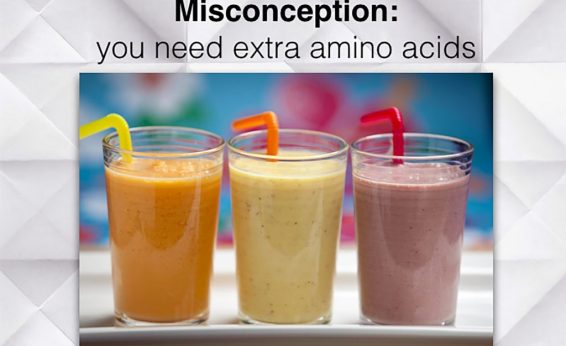
A balanced diet is key
Unless a person faces malnutrition due to limited food or problems with absorption, protein supplements are generally not necessary. Research supports a balanced diet with nutrients coming from varied digestible and absorbable food sources.
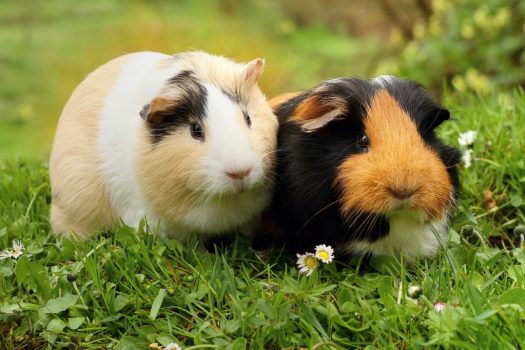
Now that we have the fundamentals of genes and proteins, it is time to explain why humans and guinea pigs do not make vitamin C.
Both species have a gene that is involved in vitamin C production in other vertebrate species, but it is mutated to the point it does not work in humans or guinea pigs.
Humans and guinea pigs need to consume vitamin C-rich foods on a regular basis. Vitamin C deficiency can result in improper formation of collagen, necessary for tissues throughout the body. In humans, scurvy can result.
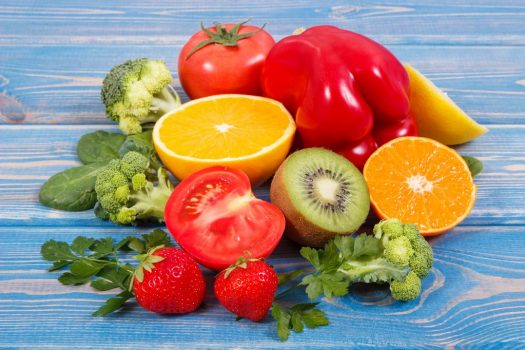
Vitamin C synthesis depends on a gene that produces the GULO enzyme, a protein needed to finish synthesis of this vitamin. Excessive mutations have changed this into a pseudogene, a gene that no longer functions.
Some researchers suggest that genetic technologies could be used to “fix” this, and other pseudogenes in human chromosomes and make them work to produce proteins so cells could do more things, like make Vitamin C. A cautionary note is that Vitamin C is a powerful anti-oxidant. Anti-oxidants have many useful functions, like binding to potentially dangerous free radical cellular wastes, but excessive anti-oxidants could themselves be a problem.
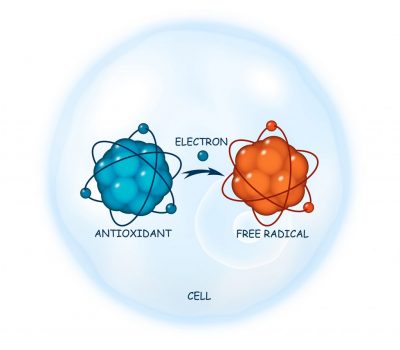
Mutations led to the GULO gene becoming a pseudogene in our ancestors. The next section introduces what mutations are, what causes mutations, and their impacts on proteins and cellular functions.











